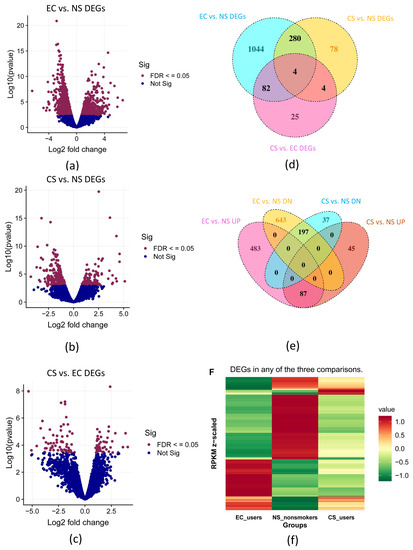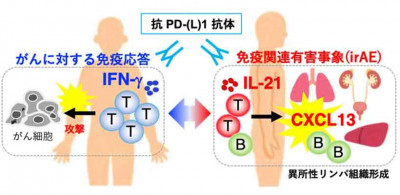UCリバーサイドの研究により、電子タバコの長期使用は気道上皮の損傷に寄与し、呼吸器系疾患を引き起こす可能性があることが報告されるUC Riverside study reports prolonged e-cigarette use may contribute to airway epithelium damage and lead to respiratory diseases
2022-07-12 カリフォルニア大学リバーサイド校(UCR)
EC使用者の上皮の遺伝子発現プロファイルは、非喫煙者の典型的な上皮の遺伝子発現プロファイルに戻らないことを研究者らは発見した。ECの継続的な使用は、気道上皮の損傷や扁平上皮のような呼吸器疾患の進行につながる可能性がある。
<関連情報>
- https://news.ucr.edu/articles/2022/07/12/switching-tobacco-e-cigarettes-does-not-reverse-respiratory-epithelium-damage
- https://www.mdpi.com/2305-6304/10/7/370
タバコから電子タバコへの切り替えは呼吸器上皮のダメージを回復させないというトランスクリプトームによる証拠 Transcriptomic Evidence That Switching from Tobacco to Electronic Cigarettes Does Not Reverse Damage to the Respiratory Epithelium
Giovanna L. Pozuelos,Meenakshi Kagda,Matine A. Rubin,Maciej L. Goniewicz,Thomas Girke and Prue Talbot
Toxics Published: 4 July 2022
DOI:https://doi.org/10.3390/toxics10070370

Abstract
The health benefits of switching from tobacco to electronic cigarettes (ECs) are neither confirmed nor well characterized. To address this problem, we used RNA-seq analysis to compare the nasal epithelium transcriptome from the following groups (n = 3 for each group): (1) former smokers who completely switched to second generation ECs for at least 6 months, (2) current tobacco cigarette smokers (CS), and (3) non-smokers (NS). Group three included one former cigarette smoker. The nasal epithelial biopsies from the EC users vs. NS had a higher number of differentially expressed genes (DEGs) than biopsies from the CS vs. NS and CS vs. EC sets (1817 DEGs total for the EC vs. NS, 407 DEGs for the CS vs. NS, and 116 DEGs for the CS vs. EC comparison). In the EC vs. NS comparison, enriched gene ontology terms for the downregulated DEGs included cilium assembly and organization, whereas gene ontologies for upregulated DEGs included immune response, keratinization, and NADPH oxidase. Similarly, ontologies for cilium movement were enriched in the downregulated DEGs for the CS vs. NS group. Reactome pathway analysis gave similar results and also identified keratinization and cornified envelope in the upregulated DEGs in the EC vs. NS comparison. In the CS vs. NS comparison, the enriched Reactome pathways for upregulated DEGs included biological oxidations and several metabolic processes. Regulator effects identified for the EC vs. NS comparison were inflammatory response, cell movement of phagocytes and degranulation of phagocytes. Disease Ontology Sematic Enrichment analysis identified lung disease, mouth disease, periodontal disease and pulmonary fibrosis in the EC vs. NS comparison. Squamous metaplasia associated markers, keratin 10, keratin 13 and involucrin, were increased in the EC vs. NS comparison. Our transcriptomic analysis showed that gene expression profiles associated with EC use are not equivalent to those from non-smokers. EC use may interfere with airway epithelium recovery by promoting increased oxidative stress, inhibition of ciliogenesis, and maintaining an inflammatory response. These transcriptomic alterations may contribute to the progression of diseases with chronic EC use.


